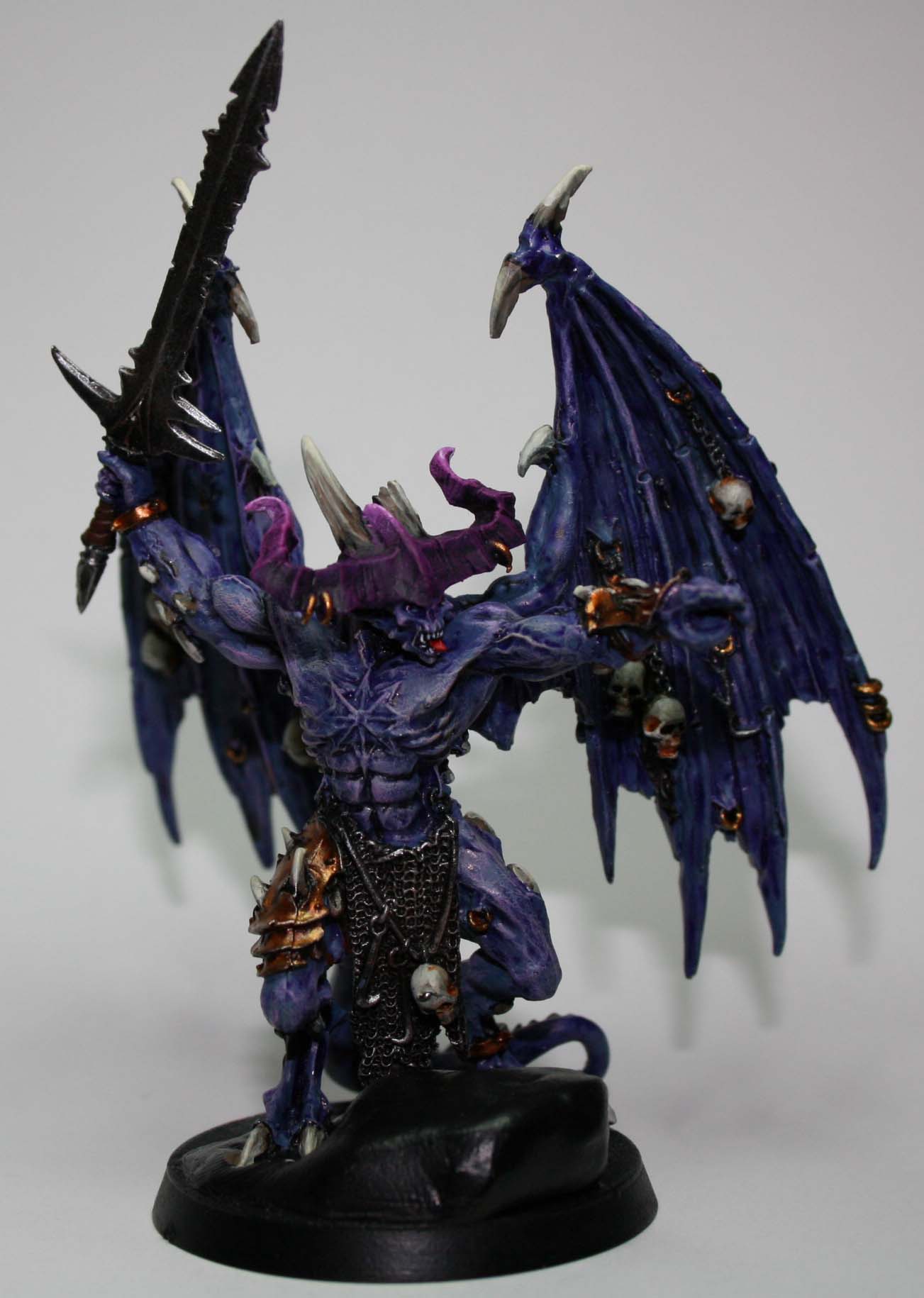Greetings everyone,
I purchased ZBrush back at the beginning of the new year and began hashing my way thru the guide to the program. Everyone has been great at dealing with my at times insanity trying to figure out the program. In feb. i realized that i was hitting a wall with the program when it came to texturing and materials and painting.
I took a break from the program and started to paint warhammer 40k models to get a idea to understand painting techniques and color theory on a 3d model in real life. Ive had the great fortune to run into some amazing modelers and painters over the last several months who have shared alot of there time to help me out with getting my act together painting wise.
I am stepping back into Zbrush now and am eagerly awaiting the next release.
my problem now is one of translating my skills i learned to the Zbrush program.
in order to paint a model i learned to do the following skills with a brush:
Basic brushwork
Blending
Drybrushing
Flat color
Glazes
Guide coat
Highlights
Layering
Lining-in
Overbrushing
Staining
Stippling
Undercoats
Washes
all of the above techniques are used in some form or another to paint a medal model and get some stunning results…
Now i am running into the problem on how to translate this to Zbrush
let me give an expample…
in painting a model a technique of ink washing is used to commonly darken the cracks and creavises in a model… the model will have light colors on the highpoints and the wash will run and dry into the cracks and give a visual appearance of darker areas in the recessions or cracks of the model, showing the planer differance in color between light and dark.
as a visual example here is a 60mm model i am working on…
if you focus on the horns on the head area you can see some of the various shading and coloring techniques i have applied to bring the model to life. Also the gold armour on the model is roughly 5 colors… several washes and glazes to achive the effect i was after…
looking at the program now i can see by the artwork that people are using a certian technique to do this… but i am not sure how to translate my terminology to ZBrush…i am not sure if it falls under material or a texture issue on my part…
if someone could point me in the right direction id appreaciate it greatly…
thanks in advance for your patience
Shadowrunner

